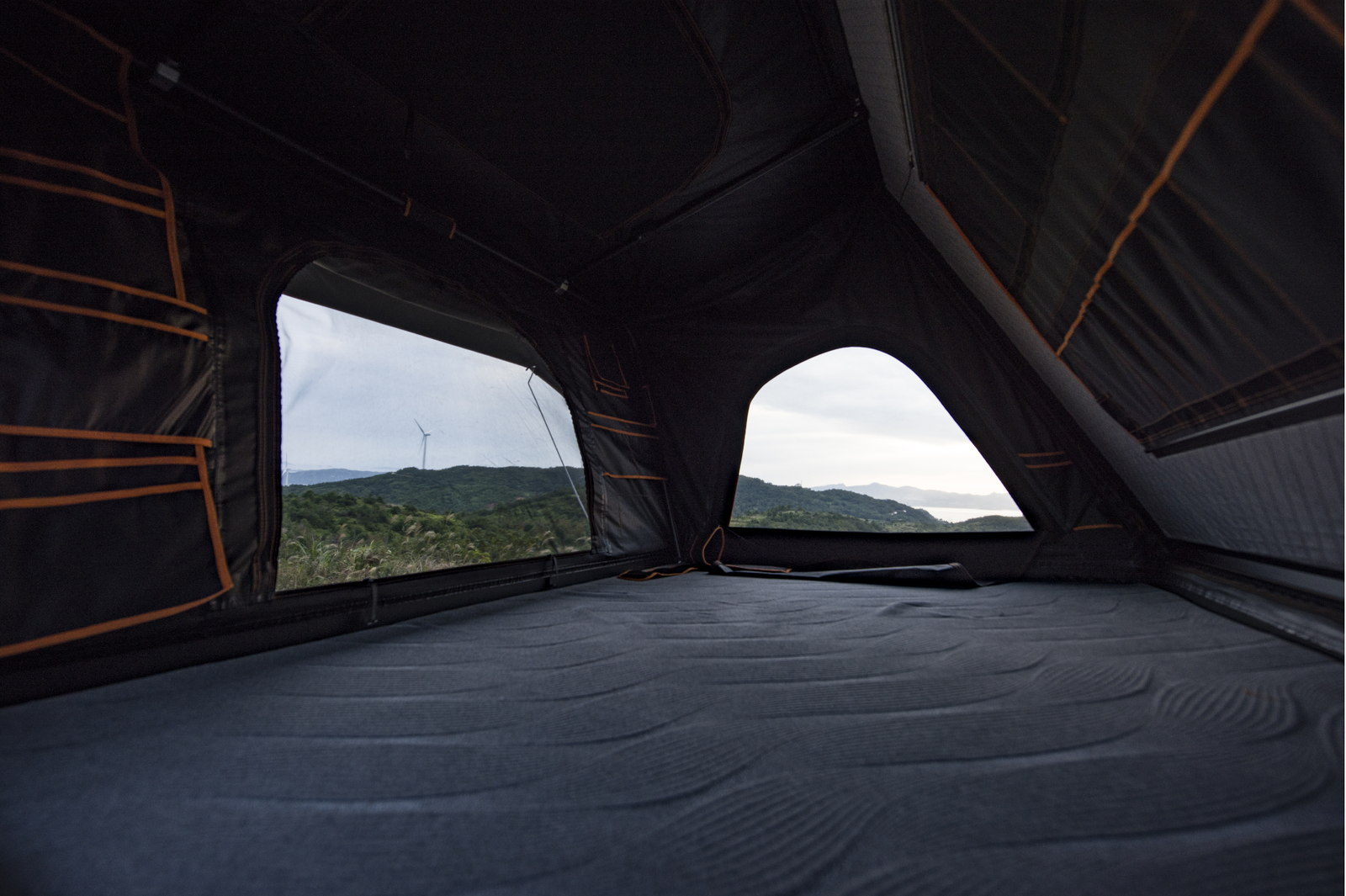




When planning an outdoor adventure, safety always comes first. Stories of tent collapses and wildlife encounters make many campers nervous about elevated sleeping arrangements.
Rooftop tents are safe when installed properly, offering better protection from ground hazards while using durable materials and structural designs that exceed industry safety standards. Modern models include reinforced floors, weatherproof covers, and secure mounting systems that ensure stability in most conditions.
You might think "elevated" means "risky," but innovative engineering has transformed rooftop shelters into some of the safest camping solutions available. Let’s break down why these tents deserve your trust – and how to maximize their safety features.
A poorly secured tent can ruin any trip, but rooftop designs eliminate common ground camping dangers. Imagine waking up to rainwater flooding your sleeping bag or insects crawling into your gear – problems rooftop campers rarely face.
Roof tents are safer than ground tents because they: (1) Elevate sleepers above wet/muddy terrain, (2) Use military-grade aluminum frames, (3) Include integrated anti-collapse systems. Their elevated position deters small wildlife while providing better airflow to prevent condensation buildup.
Three key factors make modern rooftop tents exceptionally safe:
Most premium models use 600D waterproof fabric with tear strength exceeding 50lbs/inch. The base platforms support 600-900lbs despite weighing only 100-150lbs themselves. Cross-braced frames withstand 60mph winds when properly installed.
Auto-locking ladder mechanisms prevent accidental folding. High-density foam mattresses (4-6" thick) ensure comfort without compromising the tent’s center of gravity. Many include lockable zippers for theft prevention.
Reputable brands test tents beyond required standards:
Even the safest equipment needs proper care. Last month, a customer told me their tent lasted 4 years through desert storms and mountain blizzards – because they followed basic maintenance rules.
Maximize rooftop tent safety by: (1)Ensure correct installation ,(2) Checking monthly
Rooftop tents offer remarkable safety when used properly, combining smart design with simple maintenance routines. Follow guidelines, and you’ll sleep soundly above the ground – literally and figuratively.